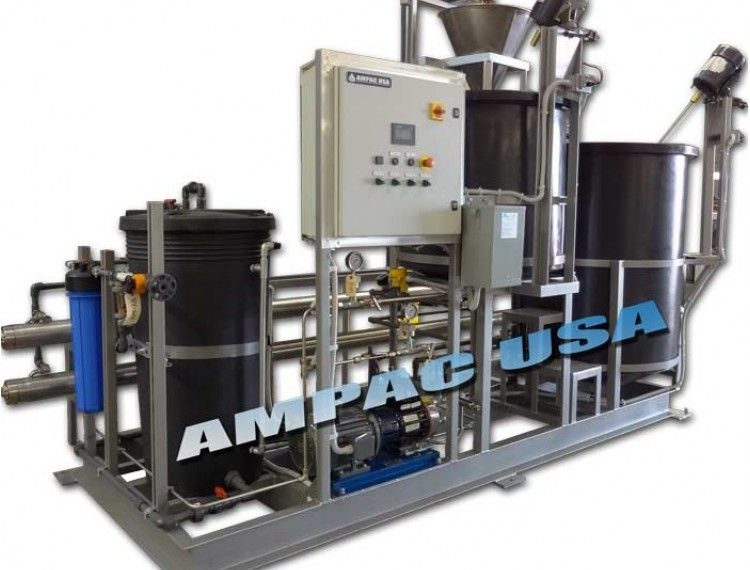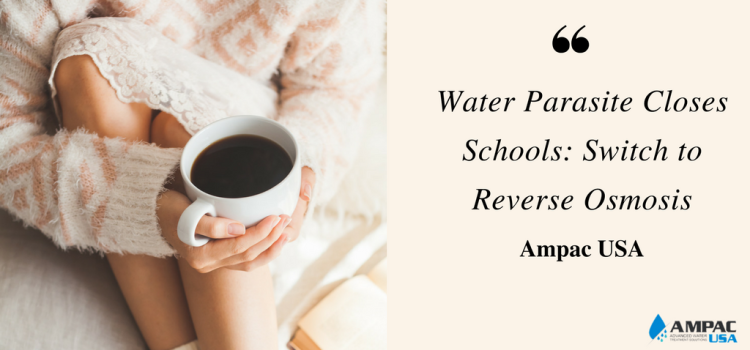Last updated on March 29th, 2025 at 01:33 pm
Clean, easily available water is necessary for the health of communities. It is critical to ecosystems and indispensable for economic prosperity. But with the recent water crisis, it’s becoming more and more difficult to get access to clean drinking water.
According to water.org, 750 million people around the world lack access to safe water. This is approximately one in nine people. More than twice the population of the United States lives without access to safe water, making the current water crisis the #1 global risk, based on impact to society (as a measure of devastation), and the #8 global risk, based on likelihood (likelihood of occurring within 10 years) as announced by the World Economic Forum, January 2015.
The World Health Organization predicts that by mid-century, four billion, almost two-thirds of the world’s current population, will face severe fresh water shortages. With human population expected to rise by another 50 percent by 2050, resource managers are increasingly looking toward alternative scenarios to meet our water needs.
One such way is waste water management. Statistics show that 90 percent of waste water in the developing world is discharged into the environment without treatment. Waste water is any water that has been adversely affected in quality by anthropogenic influence. Waste water can originate from a combination of domestic, industrial, commercial or agricultural activities, surface runoff or stormwater, and from sewer inflow or infiltration.
There are many ways that can be used to clean up waste water depending on the type and degree of contamination. Waste water can be treated in waste water treatment plants which include physical, chemical and biological treatment processes. Municipal waste water is treated in sewage treatment plants (which may also be referred to as waste water treatment plants). Agricultural waste water may be treated in agricultural waste water treatment processes, whereas industrial waste water is treated in industrial waste water treatment processes. This waste water can be reused as drinking water, in industry (cooling towers), in artificial recharge of aquifers, in agriculture and even in the rehabilitation of natural ecosystems.
There are many benefits of using recycled water for irrigation, including the low cost (when compared to other sources, particularly in an urban area), consistency of supply (regardless of season, climatic conditions and associated water restrictions), and general consistency of quality. Irrigation of recycled waste water is also considered as a means for plant fertilization and particularly nutrient supplementation. Industrial waste water treatment plants are required where municipal sewage treatment plants are unavailable or cannot adequately treat specific industrial waste waters. Industrial waste water plants may reduce raw water costs by converting selected waste waters to reclaimed water used for different purposes.
Waste water management can be conducted through centralized systems (which are large-scale systems that gather waste water from many users for treatment at one or few sites) or decentralized systems (typically on-site systems, dealing with waste water from individual users or small clusters of users at the neighborhood or small community level).
Even an organization like Coca Cola is becoming more efficient in its water use by reducing the amount it uses per liter of product produced, even as production volumes increase. They are recycling waste water, sometimes returning it to nature cleaner than required by law. And their system is replenishing, or balancing, the water used in their finished beverages, which is an estimated 35 percent so far, with an ultimate goal of being water neutral by 2020 through projects intended, among other things, to protect or conserve water resources or to bring safe drinking water or sanitation to people in the communities they serve.











